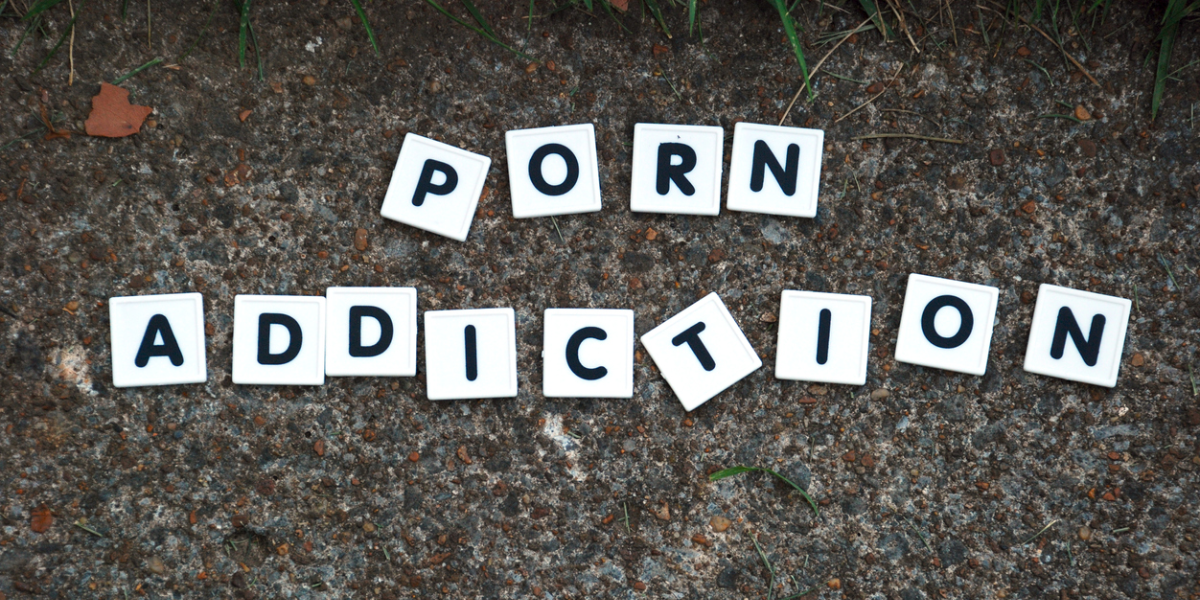Parents must be sensitive to sexual changes in adolescents and find for them a healthy way of understanding sex.

Pornography is not a good source for sex education. (Commons)
“Please help me! I am getting distracted and losing focus on my studies. I feel that I am watching too much porn. How do I quit it?”
This is a common question asked by adolescents after sessions on comprehensive sexuality education in schools or clinics.
As puberty sets in, with blossoming sexual desires, curiosity about sex and sexuality is normative in adolescents. In the Indian scenario, however, education about adolescent sexuality is stigmatised.
Parents, educators, and even a few health professionals are uncomfortable discussing this “sensitive” topic. Hence, adolescents usually seek information about sexuality and sexual intercourse from friends and the internet due to ease of availability and accessibility.
Other reasons to watch pornography include peer pressure, loneliness, boredom, overcoming mental distress (in family, school, academics or peer group) and sheer thrill.
Pornography is not a reliable source of sexuality education. It showcases an unhealthy script about relationships that are based on violation of personal space and boundaries, absence of consent and mutual respect and encourages violence, aggression, name-calling and objectification of bodies, especially those of women.
In porn videos, individuals with morphed bodies are seen indulging in unrealistic and unsafe sex for prolonged durations without the use of protection (condoms and contraception). In the current times, due to the universal availability of the internet and increased use of mobile phones, pornographic videos can be accessed by adolescents easily and frequently.
Adolescents are vulnerable to ill effects of excessive porn viewing as their brains are still under development with an immature executive control (pre-frontal lobe) and a highly reactive emotional (limbic system) and reward centre.
They tend to develop a skewed view of the world, sexuality, body image, sexual acts and relationships with the normalisation of sexual violence and erectile dysfunction.
If watched for prolonged periods, pornography can lead to an alteration in the structure of the brain, particularly the frontal lobe, and the reward centre may occur with the release of dopamine, serotonin, oxytocin and endorphin neurotransmitters, leading to dependency and addiction.
Once addicted to porn, the adolescent may fail to get happiness from any other source, like academic or extra-curricular pursuits or displays of affection from family and friends. They may withdraw and spend compulsively long hours browsing the net alone, with a decline in academic performance and aggression when asked to refrain from digital media use.
A single exposure to pornography may not affect adolescents adversely, especially if it is followed by non-judgmental, sensitive, empathic counselling acknowledging their emerging sexuality and imparting comprehensive sexuality education with a focus on building happy, safe and healthy relationships built on mutual trust and respect.
Adolescents should be encouraged to embrace a healthy lifestyle and develop their overall personality (by participating in sports, music, dance, art, etc), learn stress management skills, healthy coping with stressors, learn life skills, become media literate, reduce screen time and indulge in digital detox frequently.
A few science-based sexuality education websites like Planned Parenthood and Amaze could be suggested to them.
Parents and adolescents should visit their paediatrician annually for a wellness checkup and anticipatory guidance related to growth, development and sexuality.
Parents should be good role models, set limits and boundaries, maintain a vigil and monitor their child’s online and offline behaviour, discuss digital hygiene and seek professional help early for mental distress, disorders and addiction issues
Adolescents should be aware that according to the Information Technology Law, transmission of pornography is a crime. According to the Protection of Children from Sexual Offences Act (POCSO), showing (to children) and transmitting child pornographic images is an offence. Adolescents may indulge in sexting, which is also punishable under POCSO.
Adolescents should be educated regarding their digital footprint. That is, images or messages sent by them can never be erased. They should think critically before clicking on the send button to ensure that the messages sent by them are not illegal and hurtful.

Jun 18, 2024

Jun 18, 2024

Feb 22, 2024